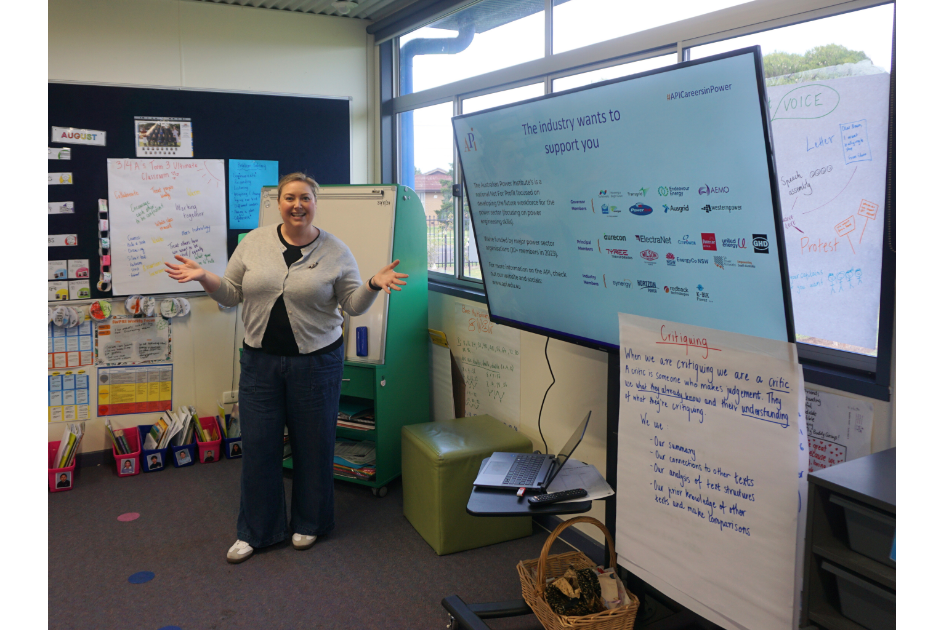The Importance of Asset Management in Australia’s Electricity Networks
- David Pointing

- Nov 7, 2023
- 2 min read

Every time you flick on a light switch or plug in your devices, a complex electricity network powers your actions.
Behind this reliability and efficiency lies the unseen hero: asset management.
Especially for Australia's electricity networks, the role of asset management is paramount.
With the Australian Power Institute proudly supporting the International Conference on Maintenance and Intelligent Asset Management in Ballarat, Victoria in December 2023, here's a breakdown of why asset management matters and the emerging trends university students and graduates should keep on their radar.
1. Enhancing Reliability and Efficiency The vast expanse of Australia's electricity network consists of numerous assets – from high-voltage transformers to intricate transmission lines. These assets, with varied lifespans, constantly brave diverse environmental conditions. Sound asset management ensures regular inspection, diligent maintenance, and timely replacement of these components. This proactive approach dramatically reduces unplanned power outages and upholds the seamless delivery of electricity.
2. Economic Implications Initial setup costs for electrical assets are undeniably substantial. However, the recurring costs linked to their maintenance, operation, and eventual replacement can escalate quickly. Strategic asset management can pre-emptively pinpoint potential glitches, leading to long-term financial prudence. It forms the backbone of informed decisions about asset repair and replacement, ensuring budgetary efficiency.
3. Climate Challenges: A Test of Resilience Australia confronts distinct environmental adversities, from the devastation of bushfires to the wrath of cyclones and the onslaught of escalating temperatures. Asset management, by design, incorporates these challenges, fortifying the network to endure and recover from such events.

Emerging Trends undergraduate students should note:
Renewable Energy Integration: As Australia steers towards a greener tomorrow, the integration of renewable sources like solar and wind into the main grid is gaining momentum. This transition requires a reimagined approach to asset management due to the unique attributes of these energy sources.
Digital Twin Paradigm: By fabricating a digital counterpart of physical assets, real-time monitoring becomes feasible, allowing for predictive maintenance. This foresight enhances reliability, anticipating failures before they occur.
IoT & Advanced Analytics Synergy: The proliferation of IoT devices provides a continuous data stream about asset health. When this data is analyzed with sophisticated analytics, it unlocks deeper insights, refining asset management strategies.
Rise of Decentralised Energy Systems: The tilt towards local microgrids and household energy storage is reshaping the traditional centralised electricity narrative. Asset management is evolving in tandem to efficiently oversee these fragmented systems.
In wrapping up, the energy terrain in Australia is in flux, underscoring the indispensable nature of proficient asset management. For students, grasping these core principles and staying updated with contemporary trends is invaluable. Whether you're venturing into the energy sector or passionate about championing a sustainable Australian future, knowledge in this domain is power.
Don't miss the upcoming conference in Ballarat - 6-8 December 2023 - to dive deeper into these subjects and network with industry leaders!




Comments